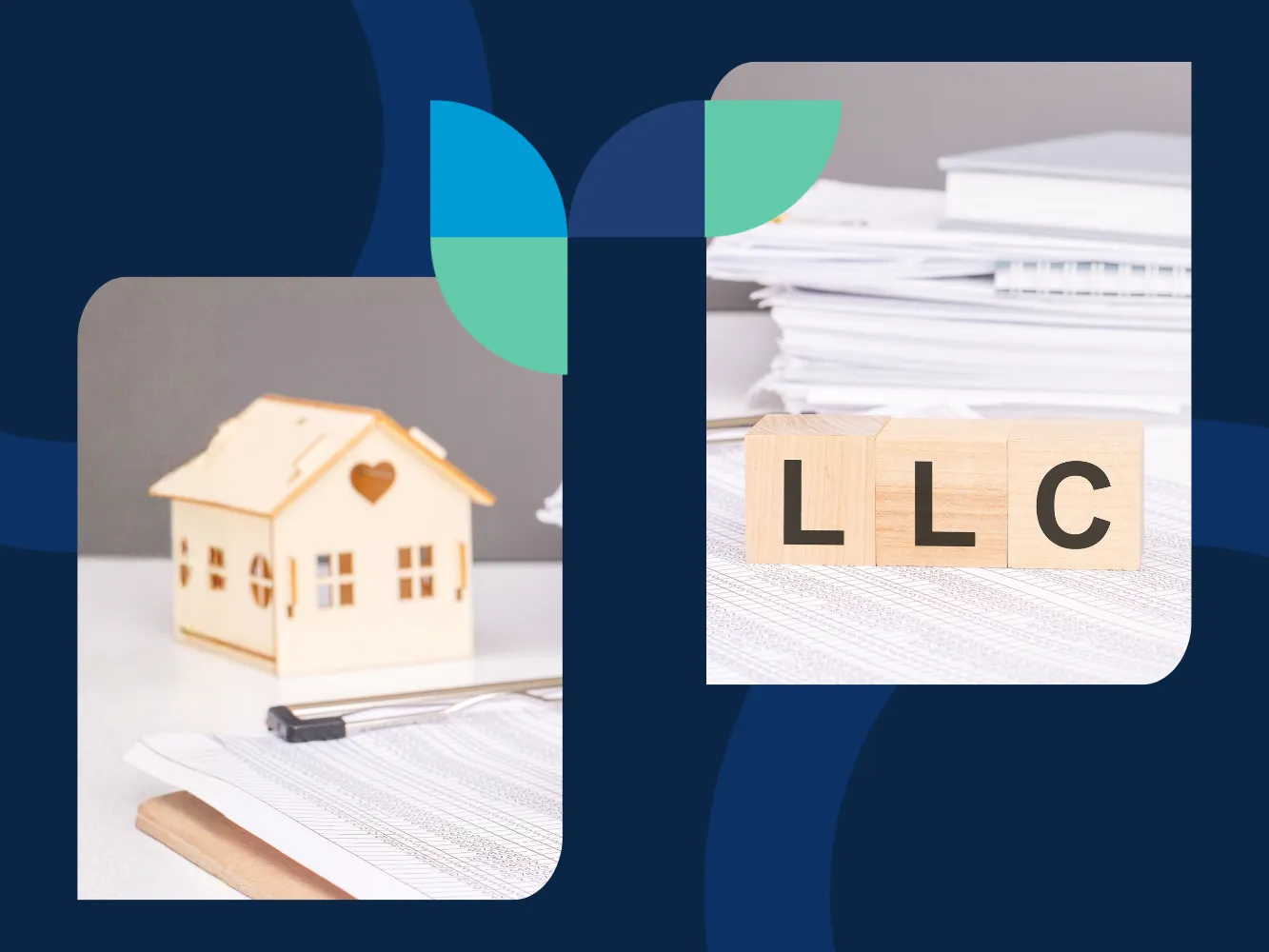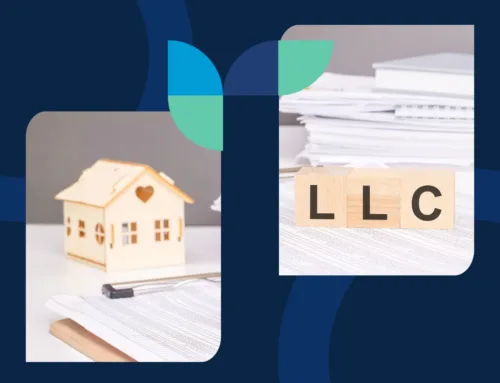When you shift from living in a home to renting it out, your relationship with the property changes. So does your insurance. What used to be your sanctuary becomes a source of income—and a set of new risks. That’s why landlord insurance exists. But many first-time landlords or accidental property owners ask: Is landlord insurance more expensive than homeowners insurance?
The short answer is yes! But only when you compare it against the same coverage in homeowners insurance without your possessions & contents coverages. The long answer is—it makes sense.
Landlord insurance isn’t just homeowners insurance with a different label. It’s built for the unique risks, responsibilities, and revenue models of renting a property.
It does NOT contain any content coverage for anything other than what is included in the construction of the house and other permanent additions. Understanding how and why it differs can help you budget more accurately, protect your investment more thoroughly, and avoid gaps in coverage that could cost you later.
What’s the Price Difference—and Why Does It Exist?
Landlord insurance typically costs 15% to 25% more than a homeowners insurance policy for a similar property and similar coverages of risk. In high-risk regions or for landlords who need added coverage, that difference can go even higher.
But those numbers don’t exist in a vacuum. Your premium reflects real-world risk.
A vacant property between residents? A risk.
A guest tripping on a loose stair? A liability.
A resident who stops paying rent after a fire? A revenue loss.
These scenarios don’t just happen in theory. They happen often enough that insurers build them into their models and pass the risk onto you as a higher premium.
Why Is Landlord Insurance More Expensive?
The premium isn’t inflated. It’s informed. Here’s what drives the higher cost:
1. Residents Introduce More Variables—and More Risk
When someone who isn’t you lives in your home, your control decreases, and your exposure increases. Even the best residents can’t match the level of personal investment a homeowner brings to their property.
Renters may report maintenance issues late.
They may not notice a leak under the sink.
They may not take the same preventative steps a homeowner would.
This leads to:
- More claims
- Larger repairs
- Higher maintenance costs
Insurers price the structure as well as human behavior. In the rental context, this is simply less predictable.
2. Rental Income Needs Protection
Landlord insurance typically includes—or can consist of—loss of rental income coverage. Suppose your property becomes uninhabitable due to a covered peril (like fire, water damage, or storm impact). In that case, with the resident moved out due to the damage, this coverage reimburses you for the income you would have earned while repairs are underway.
Homeowners don’t need this kind of protection. But for a landlord, it’s vital. A few months of missed rent can disrupt your cash flow or even threaten your mortgage payments. The value of this coverage is high, and so is the cost.
3. Liability Coverage Is Broader, Because Exposure Is Higher
Say a resident’s friend trips on a broken paver. Or a delivery driver slips on your icy driveway. Landlord insurance offers enhanced liability protection designed for scenarios like these, where the property owner isn’t the one living in the home, but is still legally responsible for its condition.
In many cases, landlord policies come with:
- Higher liability limits than homeowners policies
- Ability to add higher limits at a lower cost
- Specialized coverage for resident or visitor-related injuries
- Optional legal expense coverage for liability claims
These protections aren’t just nice to have—they’re often necessary. And they push the premium higher.
4. More Claims, More Risk, More Premium
Rental properties statistically experience more claims than owner-occupied homes. Common examples include:
- Water damage from delayed maintenance
- Fire from resident negligence
Vandalism during vacancies
This doesn’t mean rental properties are dangerous investments. But it does mean insurers take on more risk, and price accordingly.
Differences in Coverage Structure
It’s not just what landlord insurance protects against—it’s how it’s structured. The differences in policy design explain much of the cost gap.
| Feature | Homeowners Insurance | Landlord Insurance |
|---|---|---|
| Dwelling Coverage | Covers structure | Covers structure + resident-related risks |
| Personal Property | Covers owner’s belongings | Often excluded unless furnishing is provided, and then it is a special rider |
| Loss of Use | Covers hotel/rental for owner | Covers lost rental income instead |
| Liability Protection | Covers owner/guests | Covers resident and visitor claims |
| Optional Endorsements | Limited (e.g., flood) | Expanded (e.g., rent guarantee, eviction) |
These structural enhancements directly influence the price.
What Industry Data Says
A 2023 report from the National Association of Insurance Commissioners (NAIC) found that the average annual homeowners premium in the U.S. was around $1,428. When rented out, the same home would typically command a landlord insurance policy closer to $1,700 to $1,800, depending on coverage levels, location, and claims history.
Other variables include:
- Property age and condition: Older properties tend to cost more to insure. Properties built before 1978 can have lead based paint, asbestos and other toxic chemicals that will increase the rebuild process on top of building code upgrades required in the permitting process. All together, the higher risk of increased costs are passed on in higher premiums.
- Occupancy: Frequent turnover or extended vacancy can push premiums up.
- Location: Properties in areas prone to natural disasters or crime are more expensive to insure, whether rented or not, but the rental adds a layer of complexity. Locations like California (wildfires, earthquakes), the mid-west and southeast (thunderstorms, tornados) as well as the gulf coast and east coast regions (hurricanes, flooding) will always have more costly insurance.
Can Landlords Lower Their Insurance Costs?
Yes. Smart risk management and strategic shopping can help reduce the financial load. Here’s how:
Purchase Properties in Lower Risk Locations
Choose to invest in regions with lower natural disaster statistics and desirable neighborhoods. Purchasing a property that is attractive for an owner-occupant, will likely make a good property as an investment to lease out.
Conduct Regular Inspections
Catch minor issues before they become major ones. Periodic walk-throughs help document property conditions and prevent costly surprises.
Screen Residents Thoroughly
Stable, responsible residents reduce your claims risk. Insurance companies know this—and some even offer discounts for landlords with consistent resident history.
Shop Coverage Annually
Insurance rates fluctuate. So do coverage options. Use a broker or compare quotes to find policies that fit your needs without overpaying.
Bundle Policies
Own multiple properties? Use the same carrier. Have auto or umbrella policies? Bundle them. Insurers often reward loyalty and consolidated coverage.
Raise Your Deductible (If You Can Afford To)
Raising your deductible can reduce your annual premium if you have the financial cushion to handle a larger out-of-pocket cost in the event of a claim.
Final Takeaway: The Price Reflects the Purpose
Landlord insurance is more expensive than homeowners insurance, but it’s also more relevant, robust, and responsive to the reality of owning a rental property. If you are going to be leasing a property, you must have landlords insurance. Trying to keep homeowners owner-occupant insurance while it is rented will likely result in a cancellation or worse yet, denial of a claim.
You’re not just protecting a house—you’re protecting a business asset, income stream, and relationship with your tenants. The right policy supports that mission.
PURE Property Management partners with property owners nationwide to simplify the rental experience, starting with smart coverage and informed decisions. If you’re unsure whether your current policy meets your needs, we can help you review it and explore options matching your investment strategy and risk tolerance.
If you want to know more about managing a rental property, here are some helpful resources:








